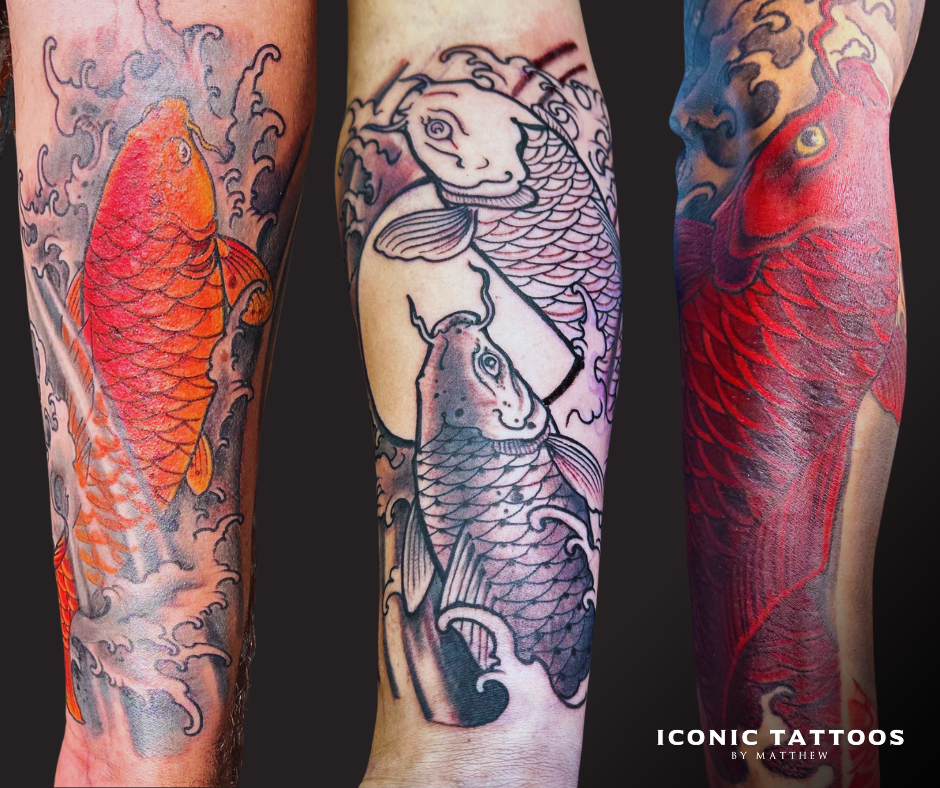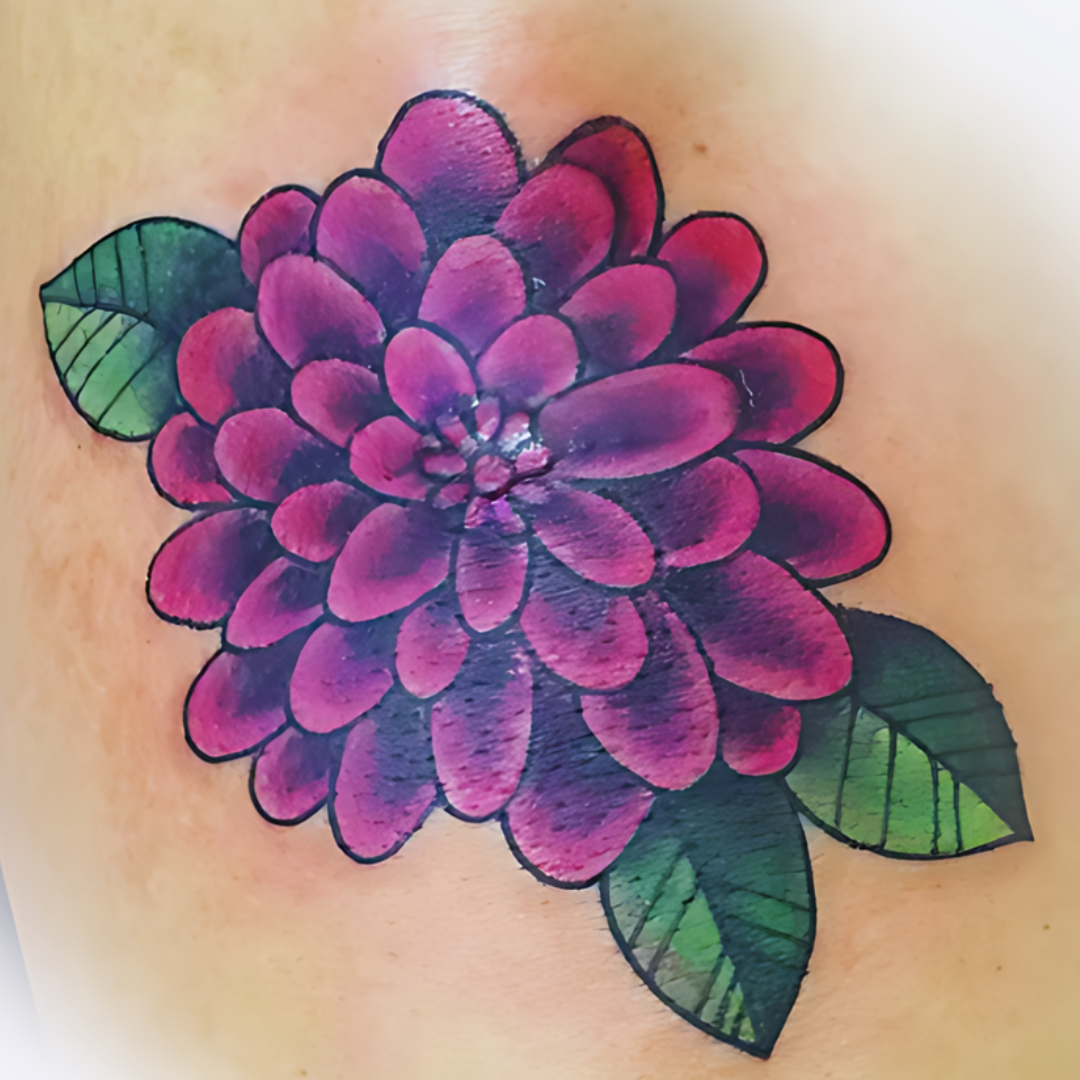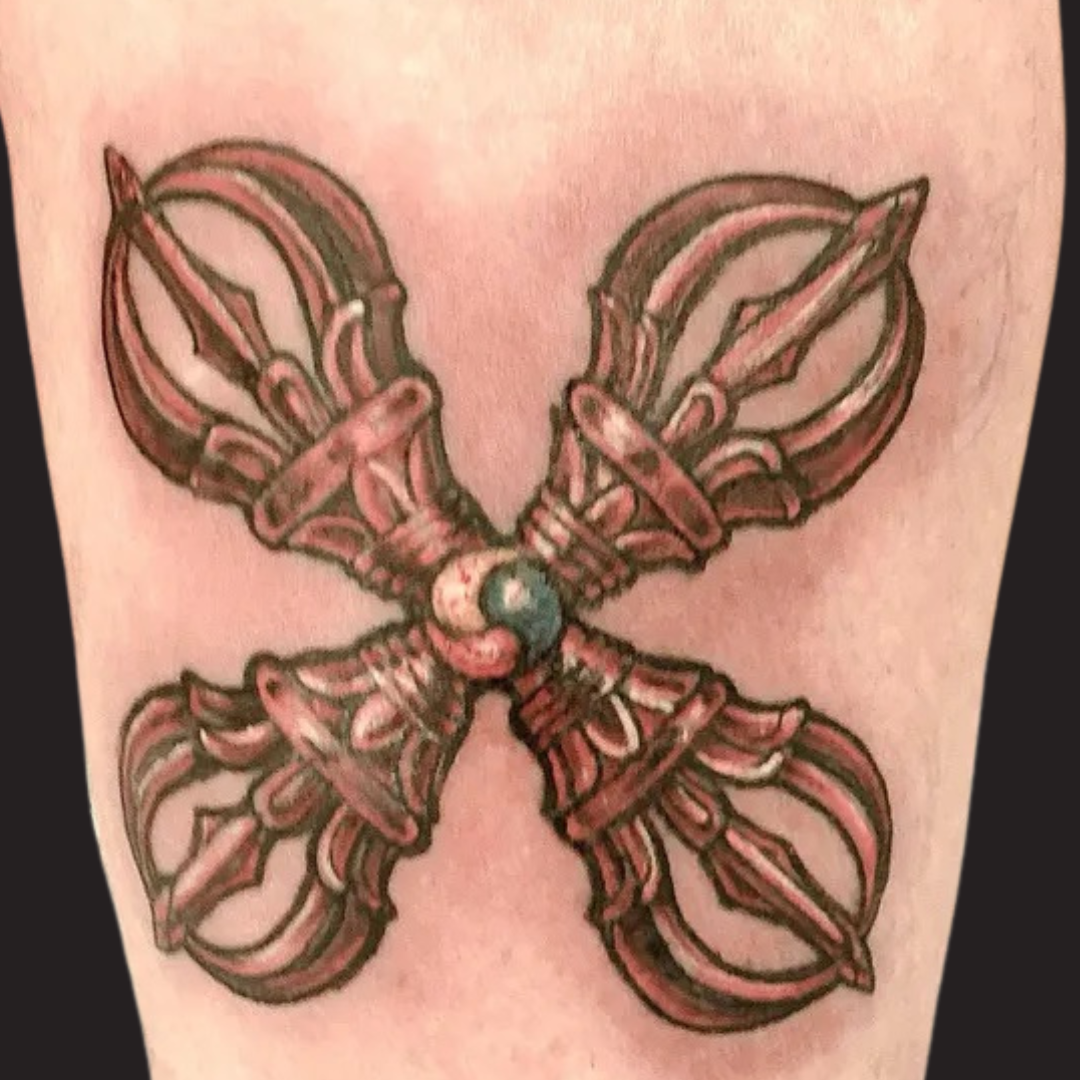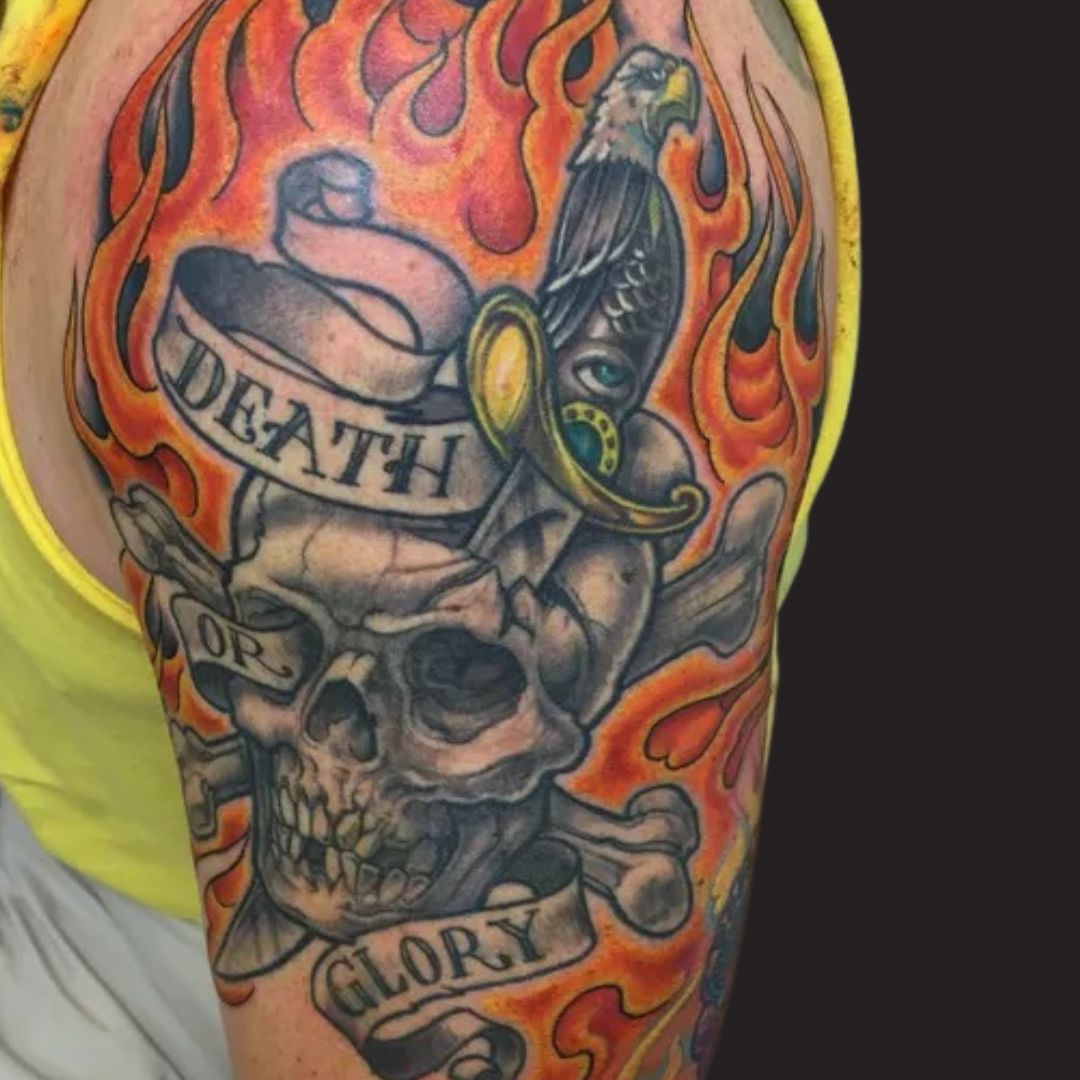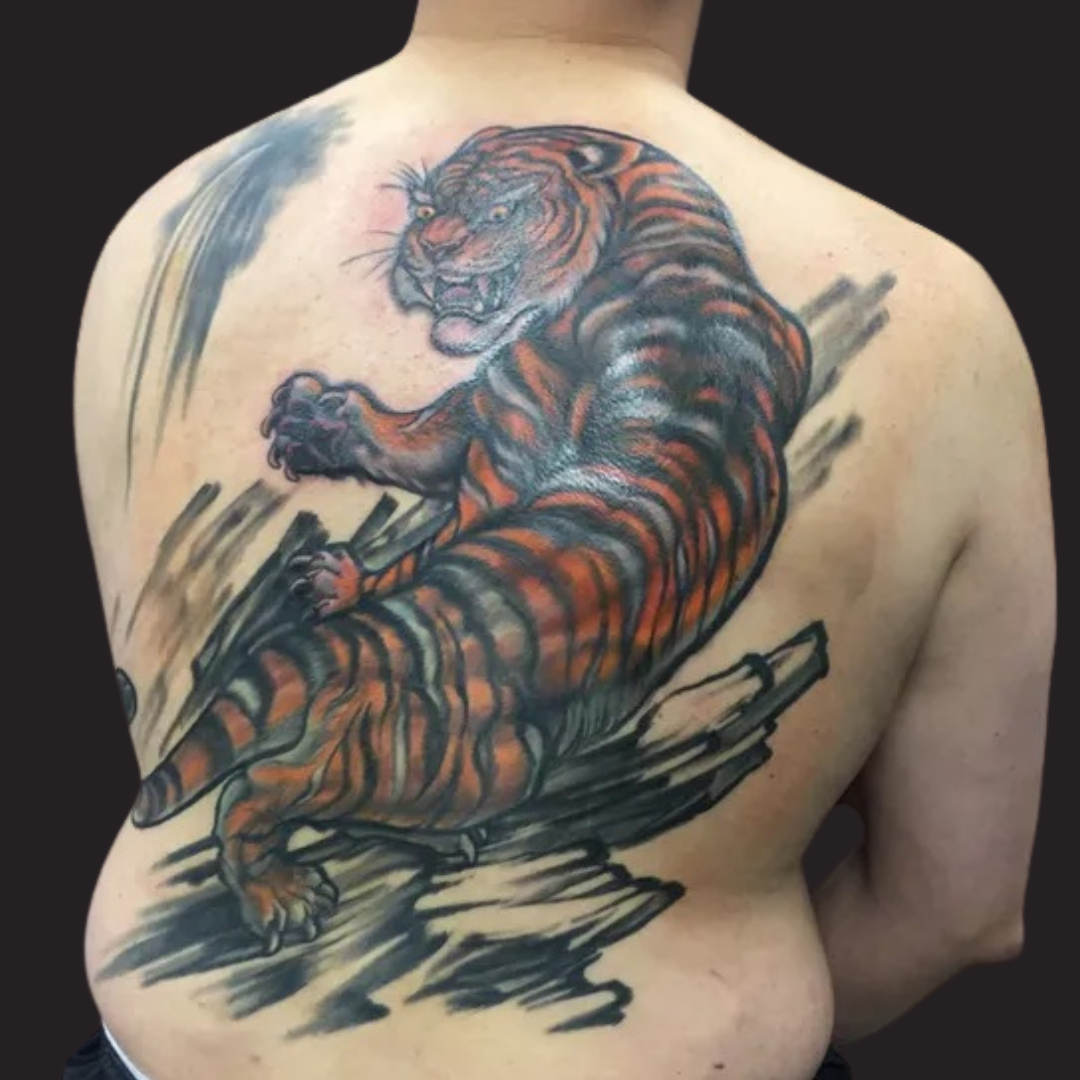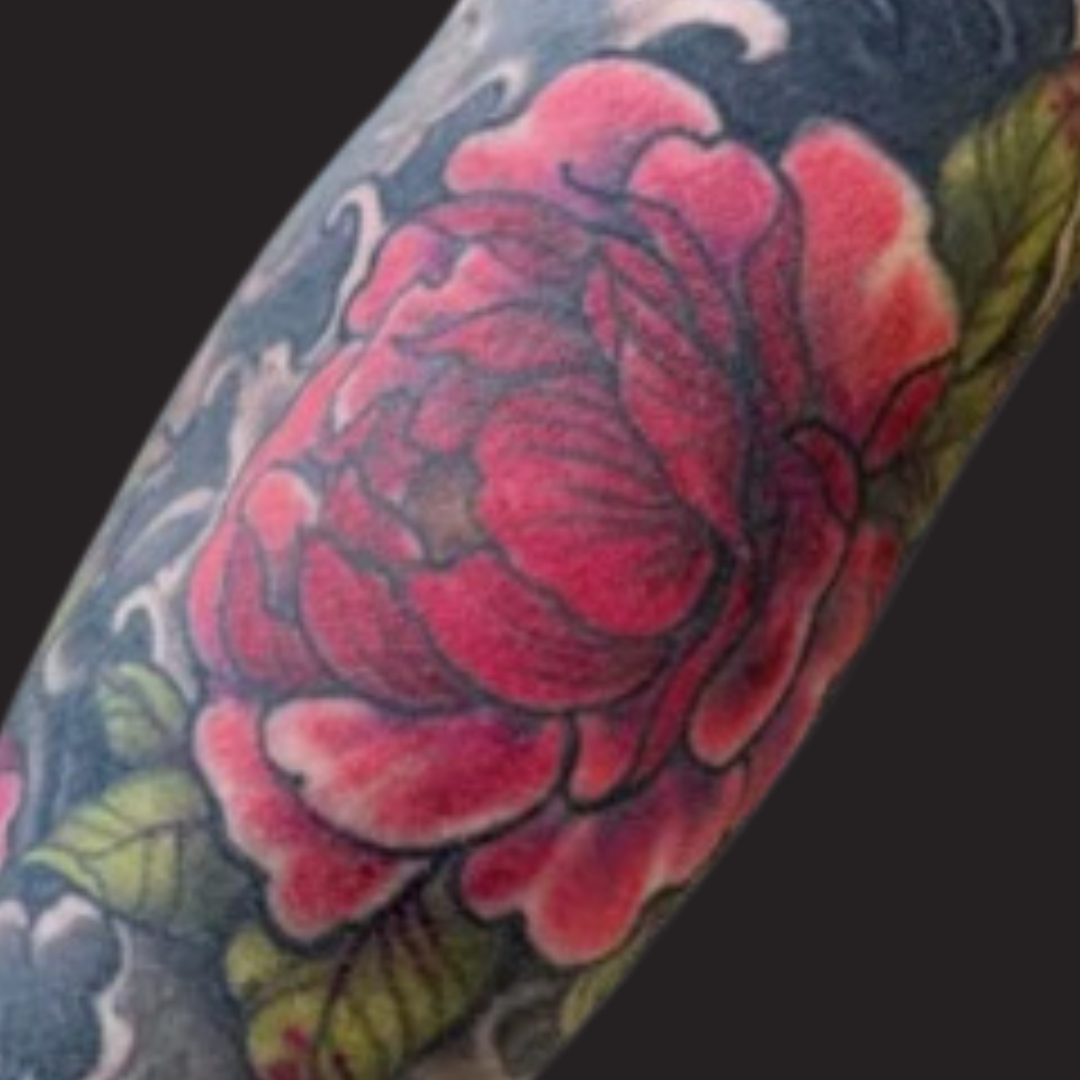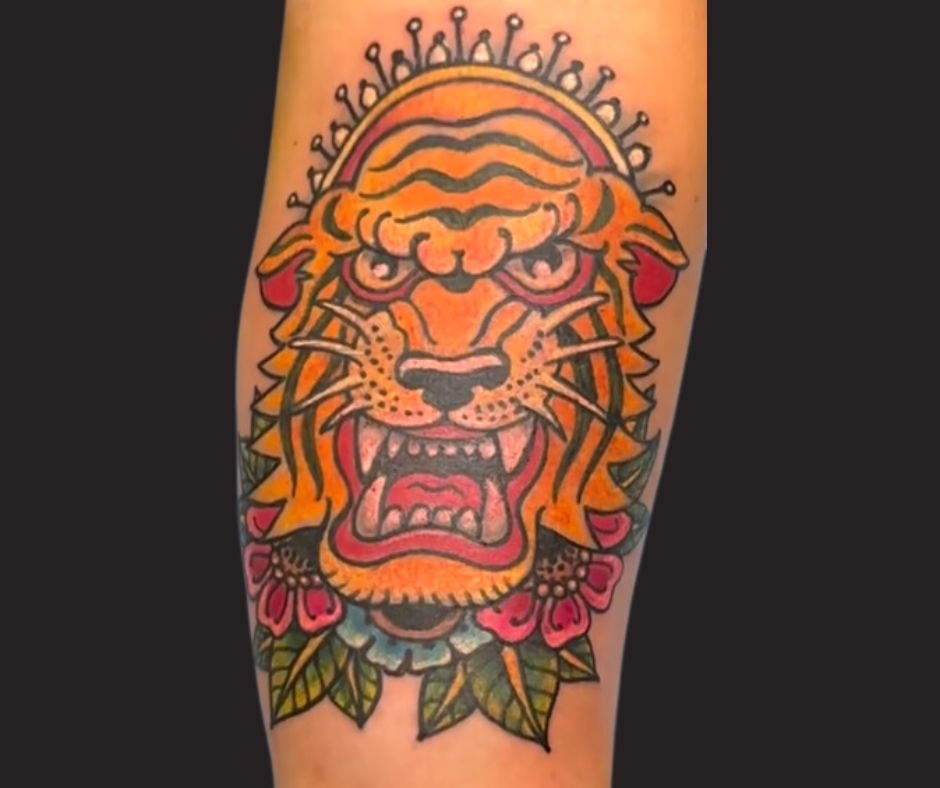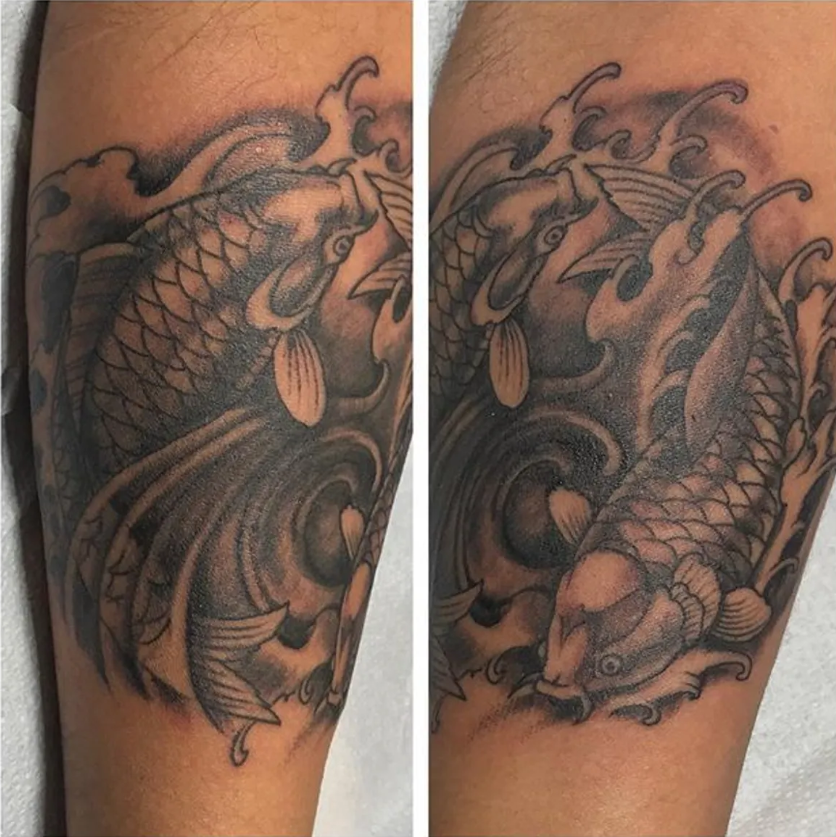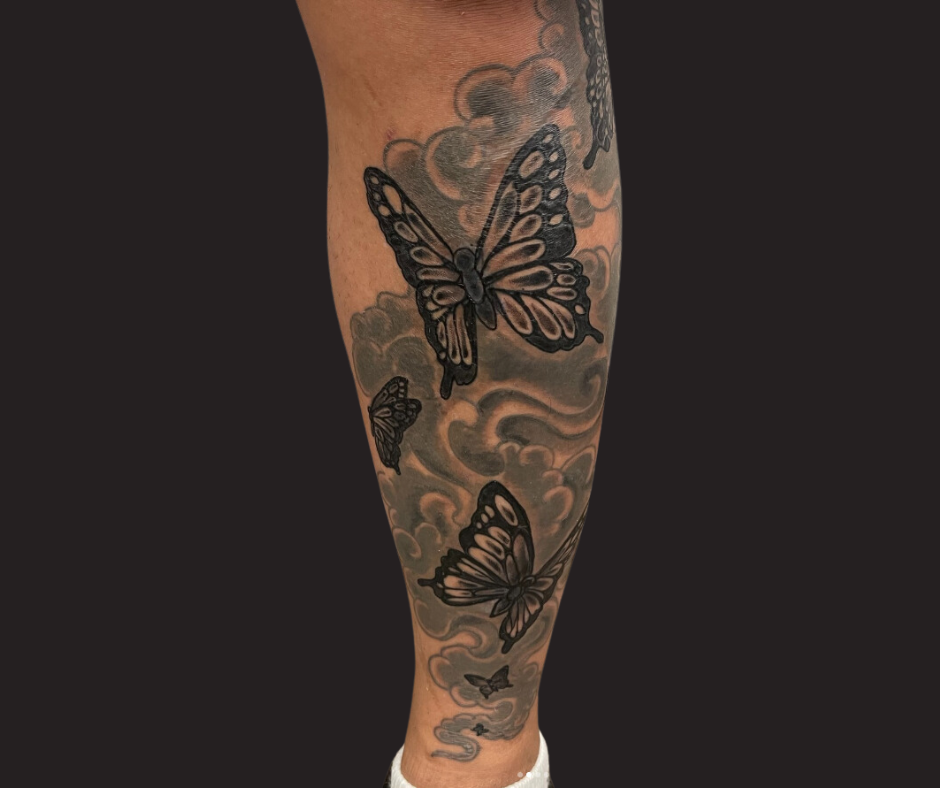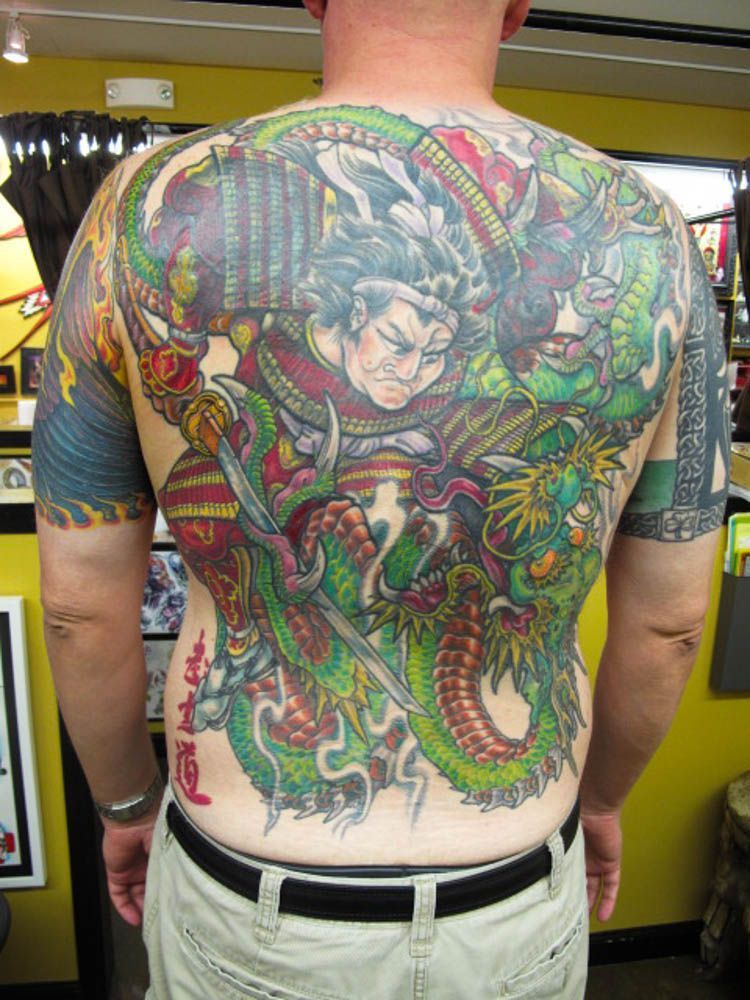Ink and Ocean: The Cultural History of Old Sailor Tattoos
From the high seas to tattoo parlors around the world, classic sailor tattoos have become enduring cultural icons, carrying stories of adventure, bravery and resilience. Born from maritime traditions and superstitions, these traditional tattoos were more than ink; they were talismans, reminders of home and emblems of loyalty to a life at sea.
This blog is the first of a two-part series diving into the world of sailor tattoos. In this installment, we’ll explore the history, symbolism and lasting appeal of old-school sailor tattoo designs, from anchors to mermaids. Then stay tuned for Part Two, where we’ll uncover even more fascinating traditions, including the legendary Shellback tattoos and the rituals that surround them.
The Legacy of Sailor Tattoos: A Badge of Honor
It’s no secret that sailors were some of the earliest Western tattoo enthusiasts. Long voyages exposed them to the rich tattoo cultures of Polynesian, Asian and Indigenous communities, and they quickly embraced tattooing as a way of displaying their life experiences, document their travels and mark their identities. By the early 1900s, tattooing had become a rite of passage for seasoned sailors, who collected tattoos as living maps of their journey through unknown waters.
Each sailor’s tattoo was a visual record and a deeply personal marker of one’s journey—whether it was to celebrate a safe return home, commemorate a perilous voyage or ward off the dangers lurking in the deep.
The Symbolism of Classic Sailor Tattoos
The beauty of classic sailor tattoos lies in the simplicity of their designs and the profound meaning behind each one. These tattoos weren’t just decorations; they were personal symbols, earned over time and deeply connected to the sailor's journey, values and superstitions. Let’s look at some of the most iconic symbols that emerged from this tradition and their significance:
The Anchor
The ultimate symbol of stability, anchors were often tattooed on sailors after they completed their first Atlantic crossing. Anchors represent strength, security and a “grounding” force—a fitting tribute to the life of a sailor constantly at the mercy of the sea. Anchors were also associated with hope and steadfastness, making them an enduring and protective emblem.
Sailing Ships
The sailing ship is one of the most powerful symbols in classic sailor tattoo tradition. For sailors, a ship wasn’t just a means of travel—it was home, livelihood and survival. Ship tattoos represented adventure, freedom and a connection to the sea. For some, a ship tattoo symbolized the courage to face the unpredictable waters, while for others, it was a reminder of home and the journey back to loved ones. Common designs include the fully rigged sailing ship, often shown cutting through waves, a tribute to the resilience and bravery required of life at sea. A ship tattoo could also signify experience and skill, marking the sailor as someone who had crossed treacherous waters and earned their place on the ocean.
Swallows
For sailors, swallows were symbols of loyalty, homecoming and safe returns. Legend has it that if a sailor were to drown, swallows would carry his soul to heaven. Earning a swallow tattoo was an honor—some say a sailor earned a swallow tattoo for every 5,000 nautical miles traveled, a mark of experience and survival in the dangerous life at sea. Swallows also symbolized the sailor’s loyalty to loved ones, as swallows are known to return home every year.
Pin-Up Girls
During long voyages, sailors missed the comforts of home and the company of loved ones. Pin-up tattoos became popular as reminders of the women they left behind and the beauty they longed for while at sea. These tattoos served as morale boosters, keeping spirits high during lonely, extended journeys. Pin-up tattoos represented longing, loyalty and the allure of the familiar, giving sailors a sense of connection even while far from home.
Daggers
Daggers, often depicted as single-edged and sharp, symbolized courage, resilience and the readiness to face danger. For sailors, a dagger tattoo was a reminder of their inner strength and willingness to confront whatever perils awaited them, from rough seas to threats on land. Sometimes combined with hearts (as in “dagger-through-heart” tattoos), daggers could also represent the emotional struggles sailors faced, such as heartbreak or loss.
Mermaids
Mermaids represented the beauty, mystery and danger of the sea. To sailors, mermaids were symbols of the ocean’s allure but also its treacherous nature. Mermaids in sailor tattoos embodied respect and love for the sea, with a hint of caution, as mermaids were often associated with tales of seduction and shipwrecks. A mermaid tattoo could be a tribute to the siren call of the sea, acknowledging both its charm and its risks.
Octopus/Kraken
The octopus, along with its mythological counterpart, the kraken, is a powerful symbol in sailor tattoo tradition. In maritime folklore, the kraken represents the mysterious and sometimes terrifying depths of the ocean—a reminder of the unknown dangers sailors might face at sea. The octopus itself embodies adaptability, resilience and survival, making it a fitting symbol for sailors navigating unpredictable waters. Its twisting tentacles and fluid movement capture the spirit of adventure and the ability to thrive in even the most challenging environments.
Sailor Tattoo Superstitions and Lore
For sailors, tattoos weren’t only symbols of identity—they were charms of protection and talismans for good fortune. Superstitions ran deep among seafarers, and many classic sailor tattoos were believed to carry specific “powers” that helped sailors navigate the dangers of life at sea. Here are a few of the more unusual yet powerful symbols sailors trusted:
Compass Rose
The compass rose, or simple compass, was a popular tattoo among sailors who longed for safe navigation and guidance. This symbol represented a desire for a steady course and protection against getting lost at sea. For many sailors, a compass tattoo served as a powerful talisman to ensure they would always find their way home.
Roosters and Pigs
Often tattooed on each foot, these unlikely animals were believed to prevent drowning. Roosters and pigs were kept on ships in wooden crates, which often floated to shore after shipwrecks. Sailors believed that tattooing these animals on their feet would give them the same buoyancy, helping them reach land in an emergency. Despite their unlikely association with the sea, these animals became powerful symbols of survival.
Hold Fast
Tattooed across the knuckles, “Hold Fast” was a reminder for sailors to maintain a firm grip on the ship’s rigging, especially in treacherous weather. This phrase acted as a mantra for resilience and strength, encouraging sailors to stay steady and determined during rough seas. It symbolized a sailor’s resolve to endure hardship and a hopeful wish to survive the storm.
Crossed Cannons
Tattooed on sailors who had seen combat, crossed cannons were both a badge of honor and a protective emblem. This tattoo was believed to bring strength and courage in battle, whether against enemies or the forces of nature. Crossed cannons symbolized bravery and loyalty, making it a common choice for those with military service at sea.
The Nautical Star
As another symbol of guidance, the nautical star acted as a form of celestial protection. Sailors relied on the stars for navigation, so a star tattoo was considered a way to stay connected to the skies and ensure a safe journey. It was thought to provide both physical and spiritual guidance, helping sailors find their way back to their loved ones.
Dice
For some sailors, dice tattoos were reminders of the risks they took every time they set sail. These tattoos symbolized luck and the acceptance of fate, a reflection of the unpredictable nature of the sea. Dice tattoos were meant to bring good fortune, acknowledging the element of chance that governed life at sea.
Shellback Tattoos
Sailors have a long-standing tradition of marking significant milestones with tattoos, and Shellback tattoos are among the most iconic. While the term “Shellback” is often associated with crossing the Equator, these tattoos extend to a variety of maritime achievements, from traversing the Antarctic or Arctic Circles to circumnavigating the globe or crossing the 180th Meridian. Each accomplishment carries its own traditions, symbols and sometimes humorous nicknames, showcasing the camaraderie and resilience of life at sea.
Curious about the unique designs and rituals tied to these nautical milestones? Stay tuned for the second part of our blog, where we’ll dive into the fascinating stories behind Shellback tattoos and other unforgettable sailor traditions.
Why Choose a Classic Sailor Tattoo Design?
Sailor tattoos have earned their place as timeless symbols of courage, resilience and personal journeys. Whether you’re drawn to their bold designs or the rich history behind them, these tattoos are a powerful way to celebrate adventure and individuality.
But the story doesn’t end here. In part two of this series, we’ll explore more fascinating maritime traditions, including the legendary Shellback tattoos and their elaborate rituals, as well as how sailor tattoos have inspired modern tattoo culture. Stay tuned for the next installment and keep the adventure alive!
Ready to commemorate your own story with a custom sailor tattoo? At Iconic Tattoos, we honor the traditions of the past while bringing them to life in new and creative ways. Let’s work together to create a piece that’s as meaningful as it is timeless. Book your consultation today.
© 2024 Iconic Tattoos. Site created and maintained by Rank Rocket Creative Studios.

